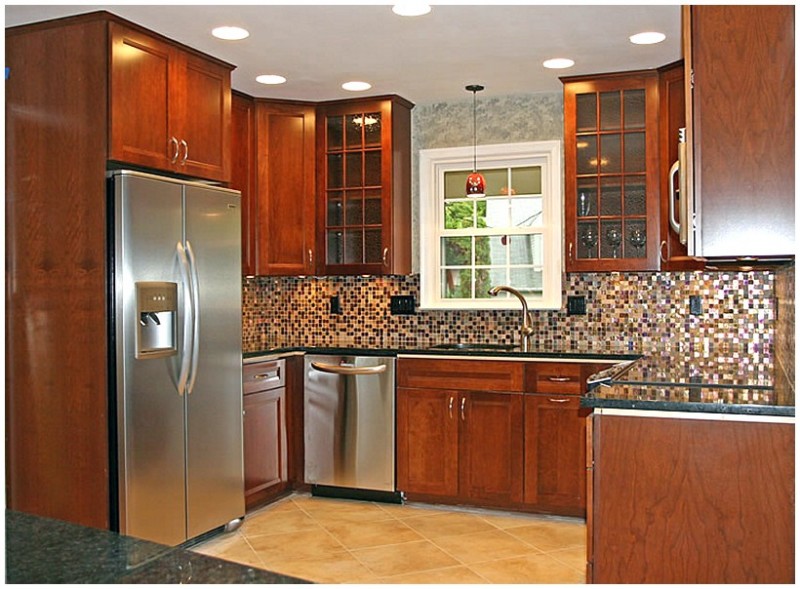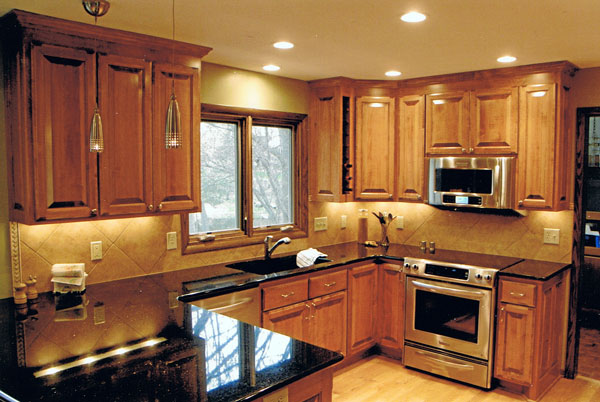By code, in a residence you can only have 2 permanently fastened in place appliances (dishwasher, garbage disposal, trash compactor, etc.) on one 20 amp circuit, and only if both of them use less than 10 amps a piece. Also by code, your kitchen outlets and dining room outlets require two, 20 amp circuits exclusively for these outlets only; no lights or other outlets outside of these two locations are allowed to be on these two circuits. No permanently fastened in place appliances can legally be on these two circuits either. When remodeling your kitchen or even adding a new appliance to your kitchen, consult us to lead you in the right direction. There are several code requirements to electrical wiring in this area of your home. Even when replacing just an oven or range with a new one you should consult with us before doing so. Often, the existing 240 volt feed may not be of adequate size for the new appliance. If you know ahead of time what size 240 volt circuit you have, you can look for a replacement unit that utilizes the same size feed, or at least you will know ahead of time what it will cost you to upgrade the feed to a larger one.
Lighting is another topic in kitchens that often isn’t installed up to code. California’s title 24 requirements (energy efficient lighting) are strict when it comes to inefficient lighting, such as incandescent or halogen in your kitchen. The wattage of the efficient lighting (LED or fluorescent) has to be greater than the total wattage of the inefficient lighting load. Also, any incandescent or halogen lighting has to be controlled by a dimmer rather than a standard switch. If you choose to go with recess lighting, the fixture housing must not have a traditional style screw-in style lamp socket. It can’t have a potential for someone to screw in a standard light bulb, it must be a fixture housing that only allows either LED drivers that plug-in or CFL lamps that push into a socket.



